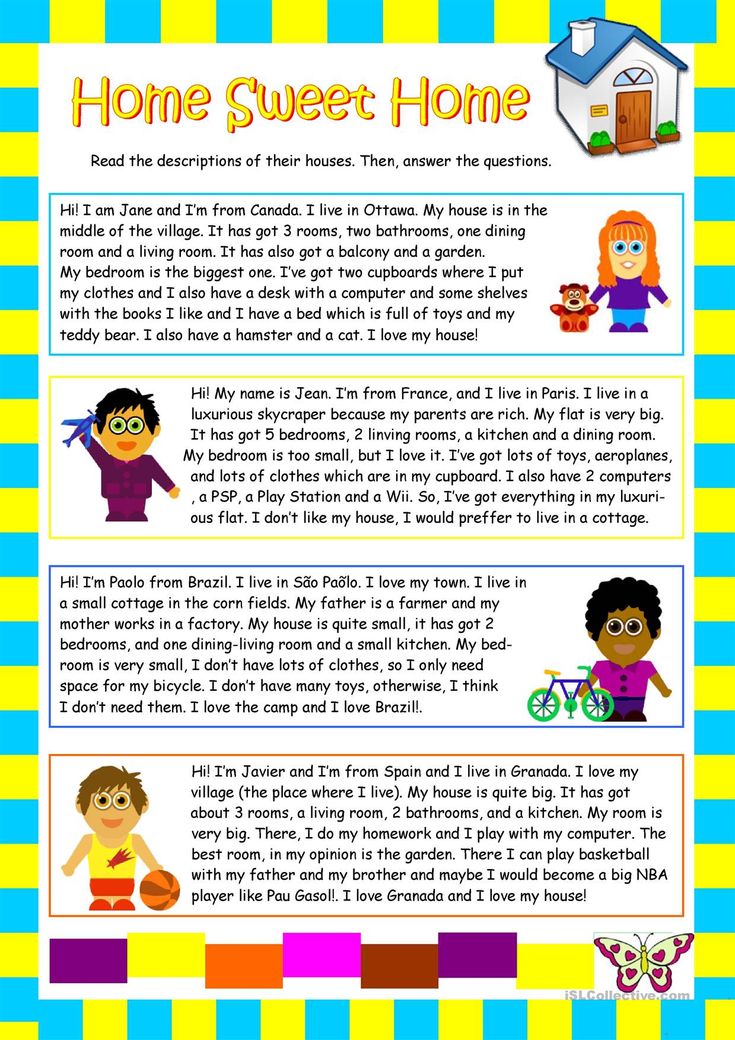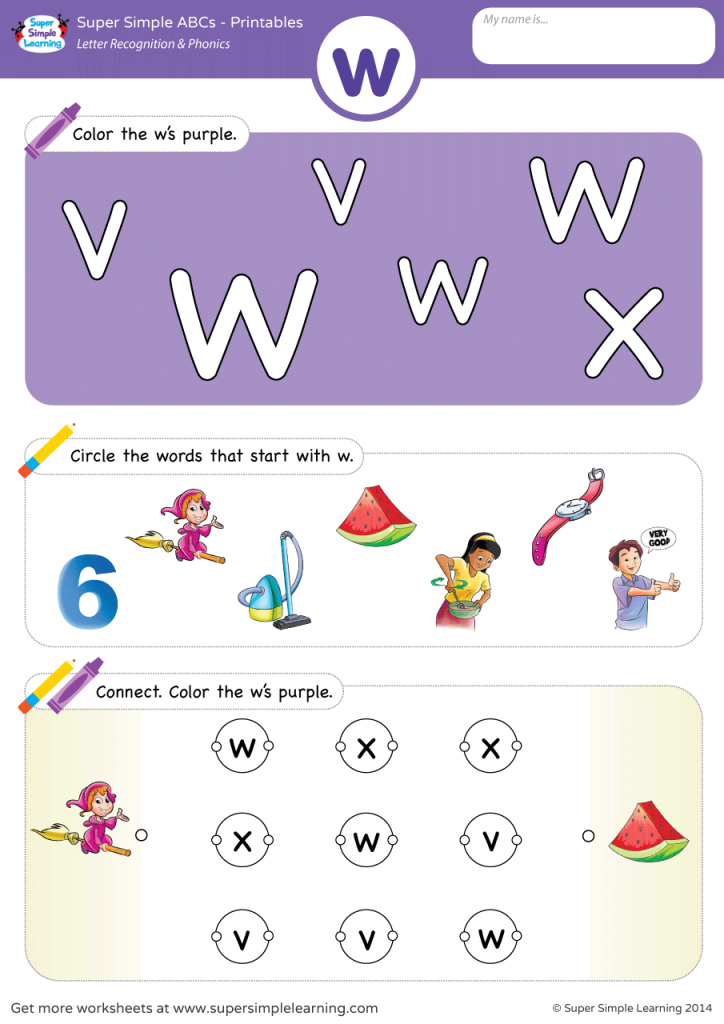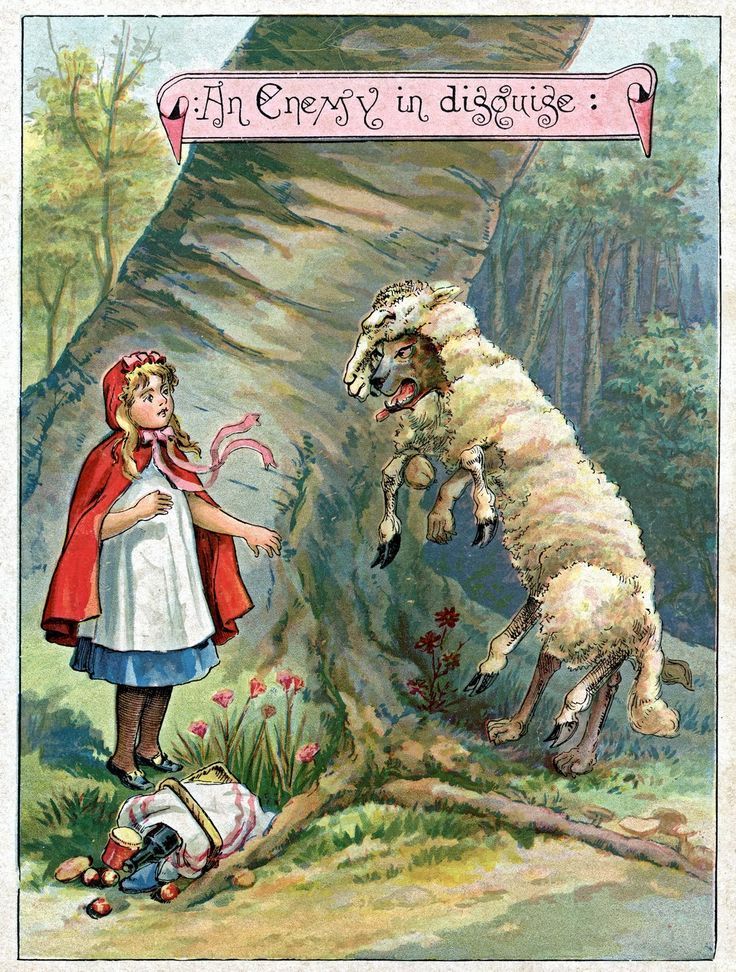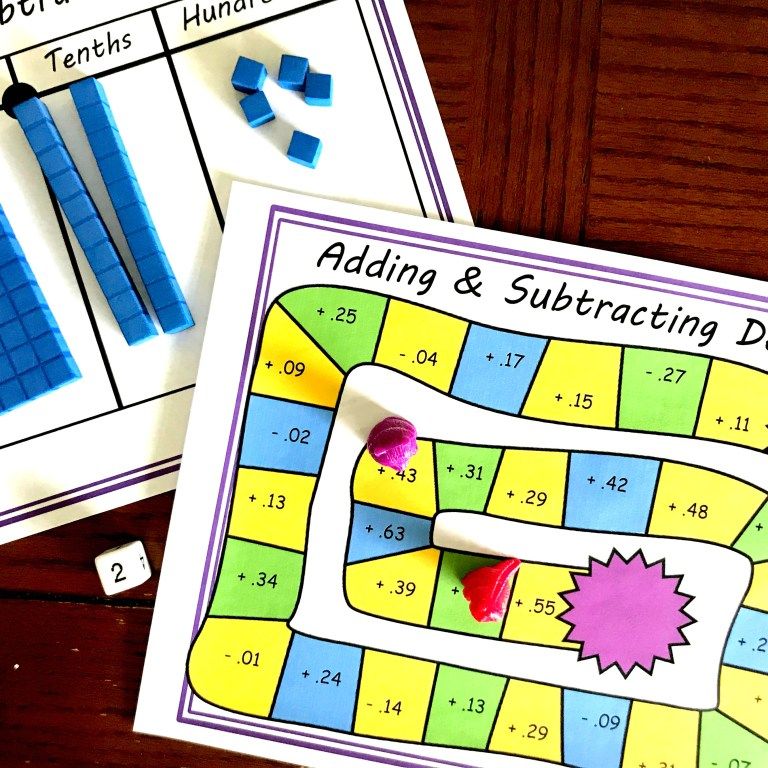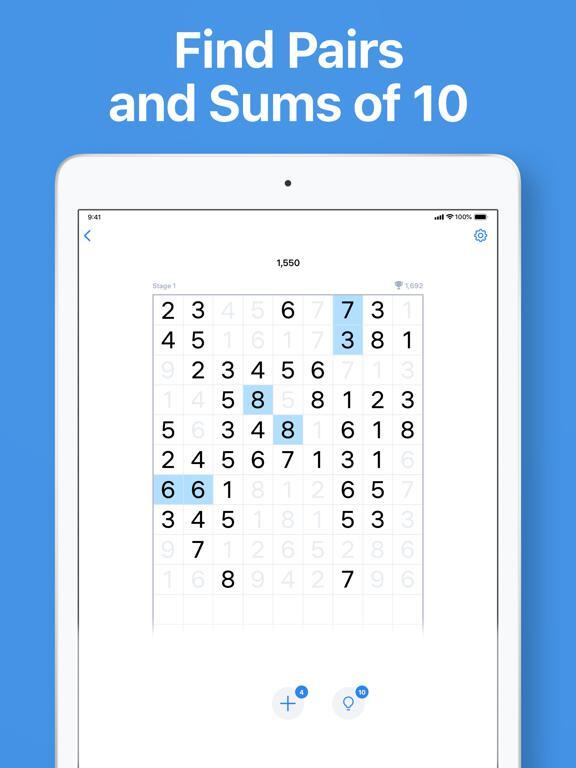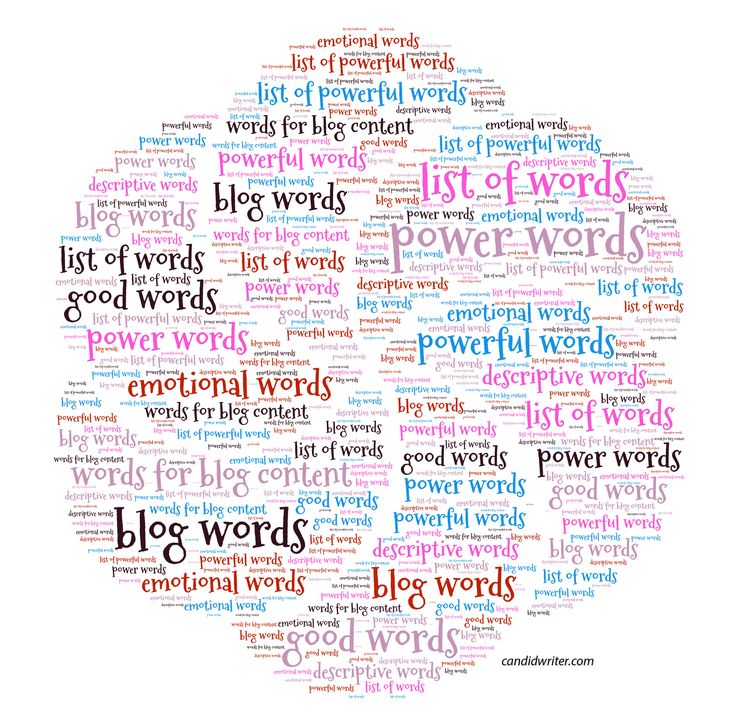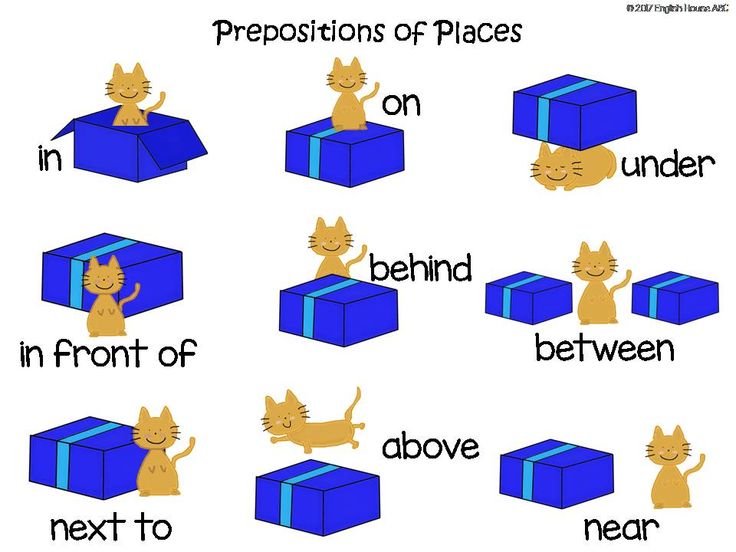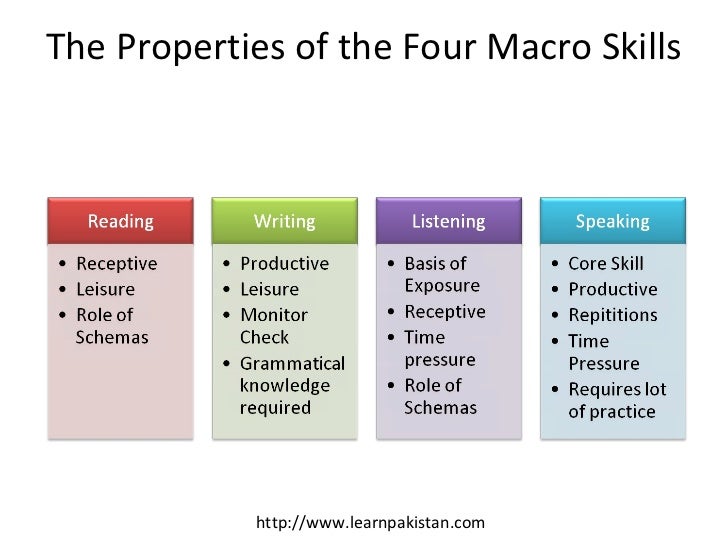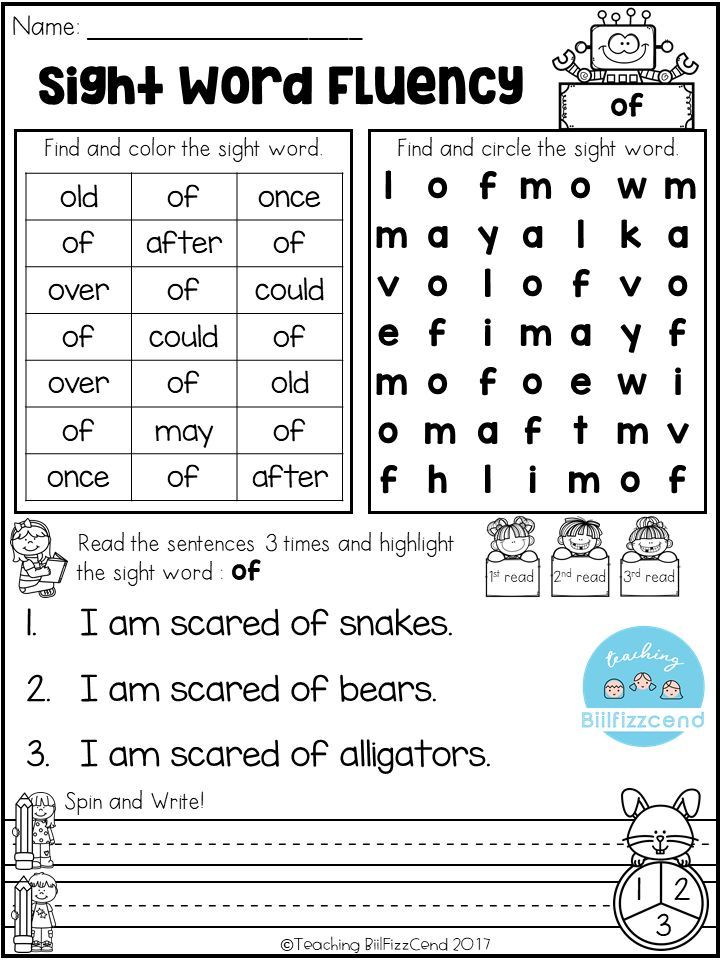Kids reading lesson
Teaching reading - Reviews
Our Good family"I am really impressed with how the lessons are laid out. The language is simple and easy to understand AND explain to your child. For me, it was helpful to read through the entire Reading Lesson Book first so I knew what was coming after each lesson.”
“The method used in the book is sound and proven. The program is easy to understand and implement in your daily homeschool. The program is not colorful or distracting. The words are clear on the page and easy to focus on for young children."
The Activity Mom“What I love about The Reading Lesson:
- It is easy for parents to understand and implement.
- This step by step program makes it predictable for young readers or struggling readers which
- helps them to feel successful.
- There are no rules about how fast to go or how many pages to cover. You move ahead when
- your child is ready (all of those guidelines are included in the book)
- The lessons are short and direct”
Here We are Together
"This book is the best reading program I have ever come across. We have looked at so many different ways to teach reading to little ones and I have never come across such an intuitive and fun approach before.”
Hip Homeschool Moms
“We’ve looked at and tried many different reading programs that just never seemed to work for our boys. This one, by far, has been the easiest and best one we’ve ever used.”
“I like The Reading Lesson book because it walks you through teaching your kids the letter sounds and how to make them into words. I’ve tried a book very similar to this one but this one is actually made for the kids to sit with you and try to read. I mean the other one was too, but what I love about The Reading lesson is the size of the words and the pictures.”
Our Village is a Little Different"The Reading Lesson is a very easy method that has had a lot of success. It takes a couple of weeks to complete a lesson, but after 20 lessons, children will be able to sound out their words, develop reading confidence, and even enjoy reading!”
Hall of Fame Moms“I am so happy with where The Reading Lesson has taken Kylie in her journey to reading, we are both very excited to keep on working through the lessons!”
Lollipops and Ladybugs"I am so impressed with this program.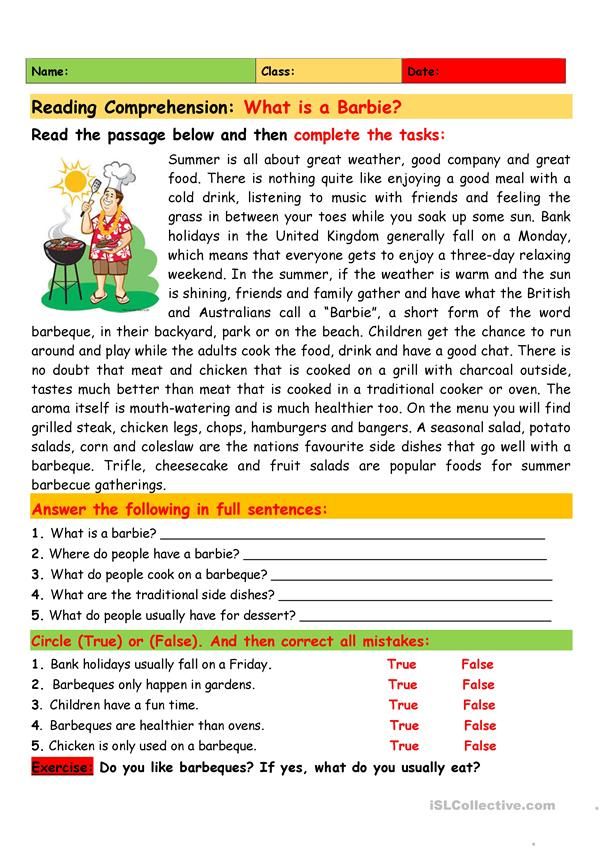 As I said in the beginning there was a lot of frustration with trying to teach her to read. This is an A+ Program and I highly recommend it."
As I said in the beginning there was a lot of frustration with trying to teach her to read. This is an A+ Program and I highly recommend it."
Hip Homeschool Moms"I’m happy to report that The Reading Lesson delivered results for us! Not only were we able to get past the first few lessons without tears and complaints, we reached that “lightbulb” moment when my daughter began to understand HOW to read — not just memorize — and could sound out words on her own in any environment."
Hip Homeschool Moms“Compared to other similar phonics programs on the market that we've have experienced, I really like the layout, ease, and its' concentration with only reading (decoding) while going through each lesson. ”
5 Minutes for Mom
“I believe The Reading Lesson would be a great program to use for homeschooling. It would also be great to use for those parents who have a young children showing an interest in learning to read but aren’t sure where to start.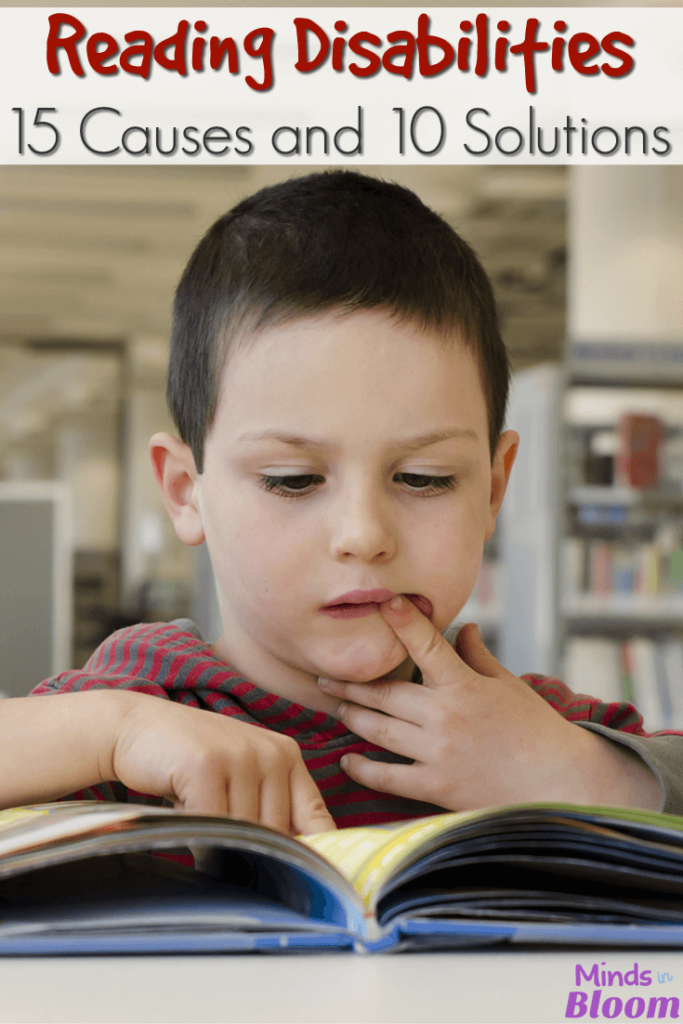 ”
”
The Better Mom
"Just when you feel like it is never going to work, it seems as if the skies open up and your child is a reading machine! I spent the last few months going through The Reading Lesson with my son Noah, and we love it! It is very simple to follow, not too overwhelming, and it works!”
The Natural Homeschool
"You might be surprised that I am using it with my 3.5-year old daughter, but she really is ready and, even if we take a slower pace, she is loving it and I am seeing results."
Little Grayer doing the Reading Lesson.
- Looks like his mom got the color eBook and printed the pages!
Teach Your Child to Read in 100 easy Lessons is a very popular book. However, most people when they compare "The Reading Lesson" with the "Teach Your Child to Read in 100 easy Lessons " book prefer ours. The Reading Lesson is simpler, flexible to the needs of your child, non-scripted and less intimidating. Since we did our book as an improvement over this older book, we have removed many of those frustrating elements. But of course, we are not handled by a big publisher so we are less well known. But like AVIS, we try harder!
Do take a look. We think you will like our book better.
There are many videos like that on Youtube.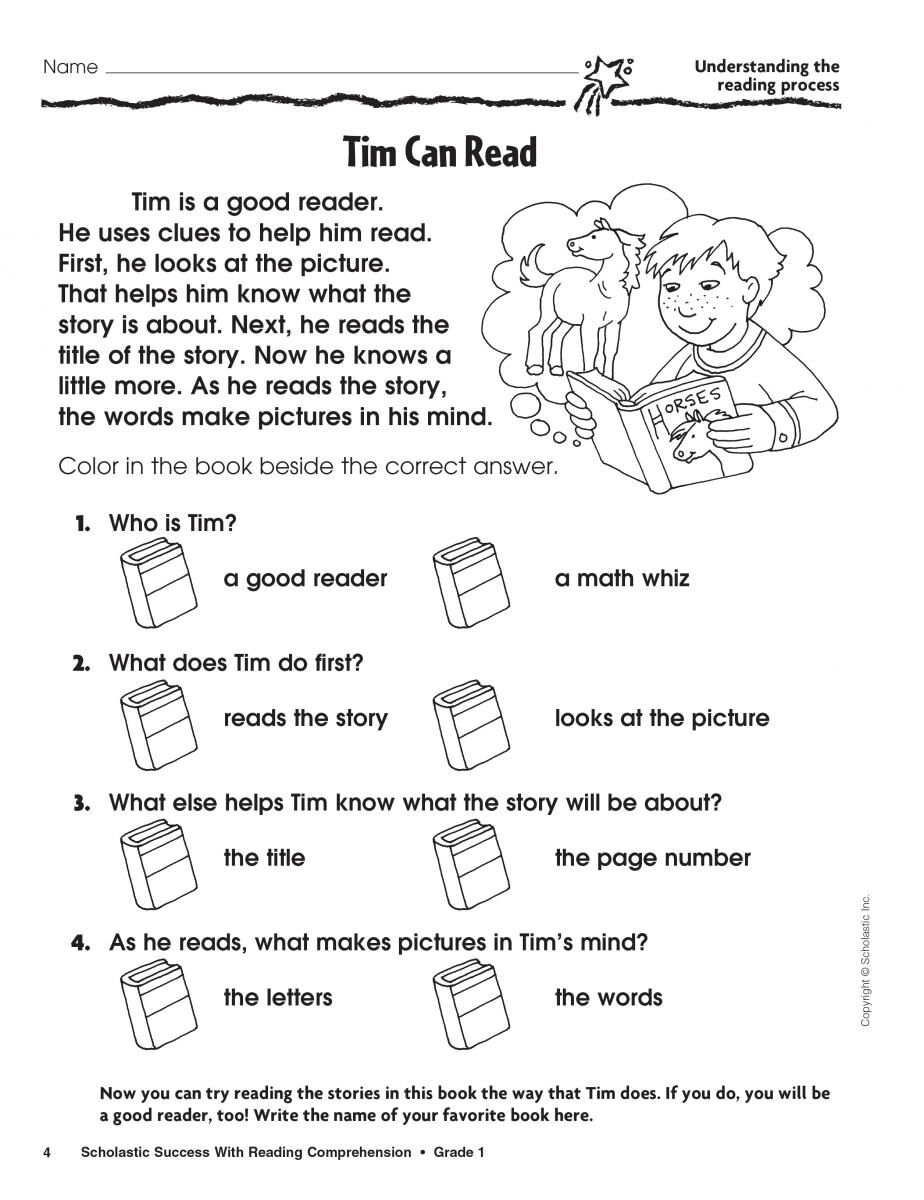
Make a video of your child doing the Verbal Math Lesson with you and get $25 gift certificate at our website.
The Reading Lesson: Teach Your Child to Read in 20 Easy Lessons - Kids Activities | Saving Money | Home Management
Look what came in the mail! Isn’t that a beautiful stack of books, software, and DVDs?!! I wasn’t familiar with all of the options available from Mountcastle Company, but I’m so glad to have found them!
The Reading Lesson: Teach Your Child to Read in 20 Easy Lessons (Review)
I honestly love teaching my children to read. It’s such an amazing achievement for them, and it’s so much fun to play a part!
Through the years, I’ve researched and looked through several reading programs, but The Reading Lesson was new to me. Up to this point, I’ve used several different approaches–mainly utilizing what was available in our curriculum and supplementing with BOB books, other easy readers, and whatever else I can find in my old teaching files!
If you are like me and haven’t heard of The Reading Lesson, it’s a complete reading curriculum that uses phonics, sight words, and a guided-reading approach to get children from a beginning level to a second-grade level.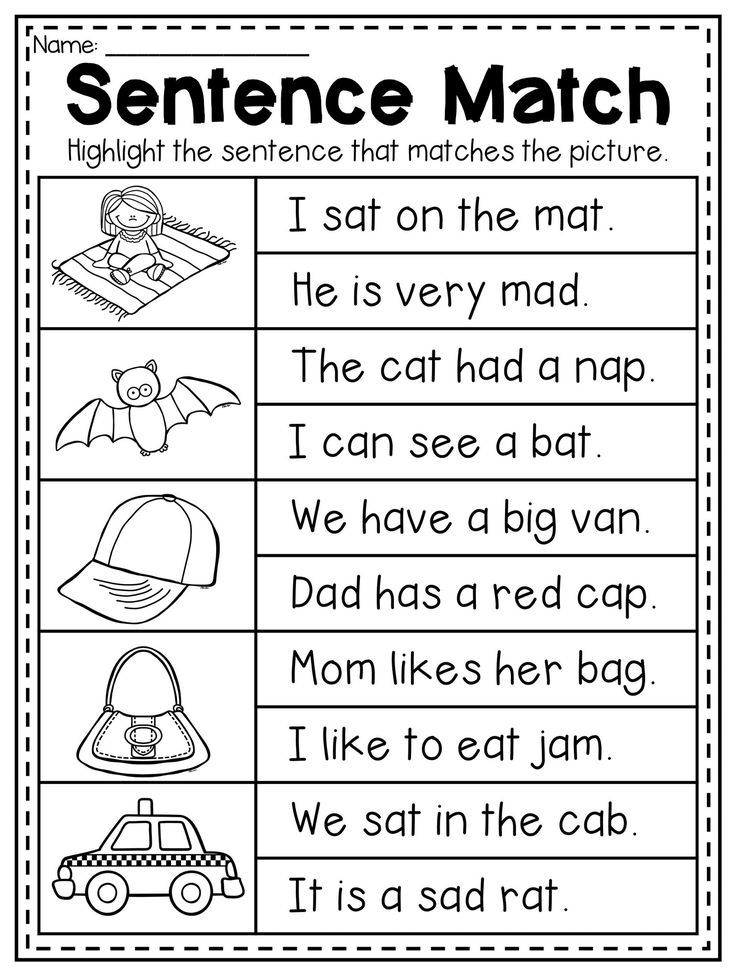 The book is aimed at young children ages 4-7.
The book is aimed at young children ages 4-7.
What I loved about The Reading Lesson:
- It’s all in one spot! All of the lessons are contained in one book, and I didn’t have to compile various resources just to get started.
- It’s easy-to-use. Grab a pencil (and we grab an “eye” spy wand, too), sit down beside your child, and you’re ready to begin. It’s simple!
- It’s inexpensive. It’s a complete reading curriculum to get your child to a 2nd grade reading level for under $25.
- It has simple computer software to go along with it.
- There is also a companion video for teaching your child letter sounds. My younger girls thought it was “really funny, mom!”
- But…you don’t need any of the extras! The Reading Lesson can be used all by itself–supplemented with favorite books and easy readers just for fun, of course!
- My daughter asks to do it every single day. What else can I say?!!
As a former teacher, I am quite happy with the order and depth of the lessons in The Reading Lesson: Teach Your Child to Read in 20 Easy Lessons.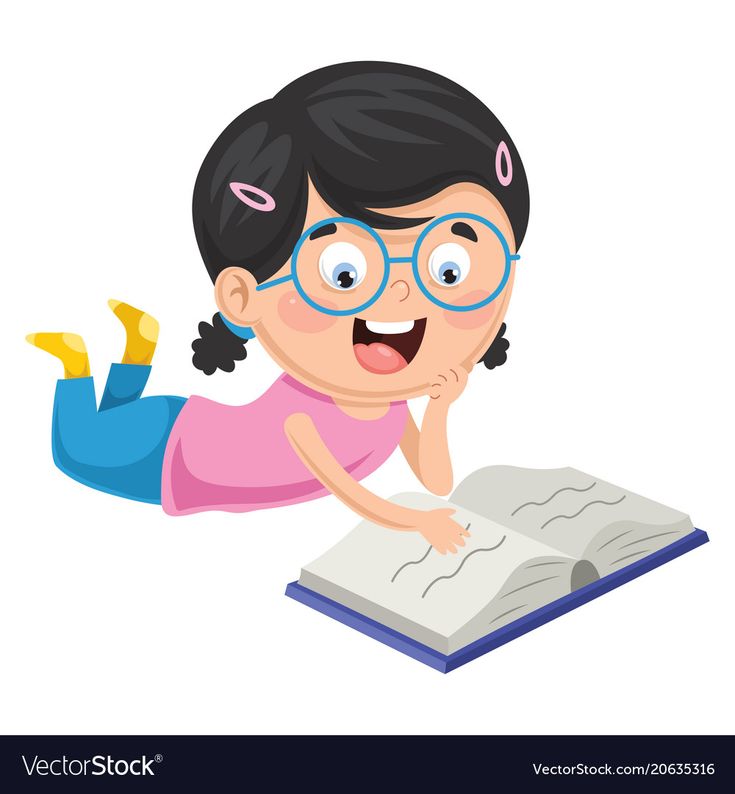 I will mention that you might be fooled by the title! If you are expecting 20 short lessons, you won’t find them in this book. These are longer lessons–more like units (probably 15 pages or so per lesson). We took about a week each on the first two lessons.
I will mention that you might be fooled by the title! If you are expecting 20 short lessons, you won’t find them in this book. These are longer lessons–more like units (probably 15 pages or so per lesson). We took about a week each on the first two lessons.
There are some unique things about the lessons. For example, in the beginning, sentences are not capitalized. If you don’t understand the purpose of that, it might seem a little disconcerting (especially if you are Type A)! This actually goes quite well with my belief that lower-case letters should be taught first.
You’ll also find words that have a space in them–i.e. grandma is printed as grand ma. Teaching children to break words down–especially when you are teaching very young children to read–is essential or it can be overwhelming to them.
Overall, I think The Reading Lesson is an amazing value for the price and will be effective for many young children.
You can find out more about the program and download two free lessons here.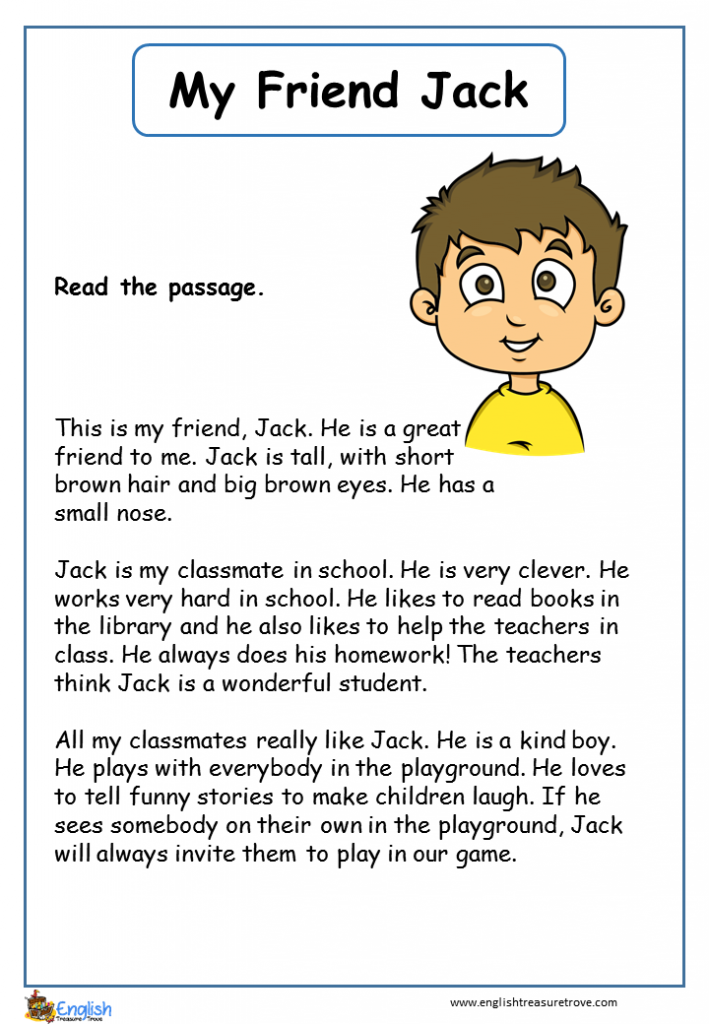
Big Words for Little Kids
We have been working on Latin and Greek roots this year, so this book fits perfectly. It teaches roots, prefixes, and suffixes to help little kids gain an advanced vocabulary quickly and easily. Embarrassingly, I’ve learned a few new things just by skimming the book! We’ll work on this during our summer lessons!
The Verbal Math Lesson 1 & 2
Honestly, math isn’t my strength. I took calculus in high school just so I could do well on my ACT (then, I promptly forgot everything I learned). 🙂
The Verbal Math Lesson books guide your child to thinking mathematically and teach your child to work the problems mentally. This is a great benefit and something my little learners need help doing.
These are recommended for ages 4-7 (Book 1) and 7-8 (Book 2). These are also a summer project, and I’ll share more once we’ve used them for more than a few days!
I also received:
- The Storybook
- The Writing Lesson
You can find individual items or a complete package for a discounted price over at MountcastleShop.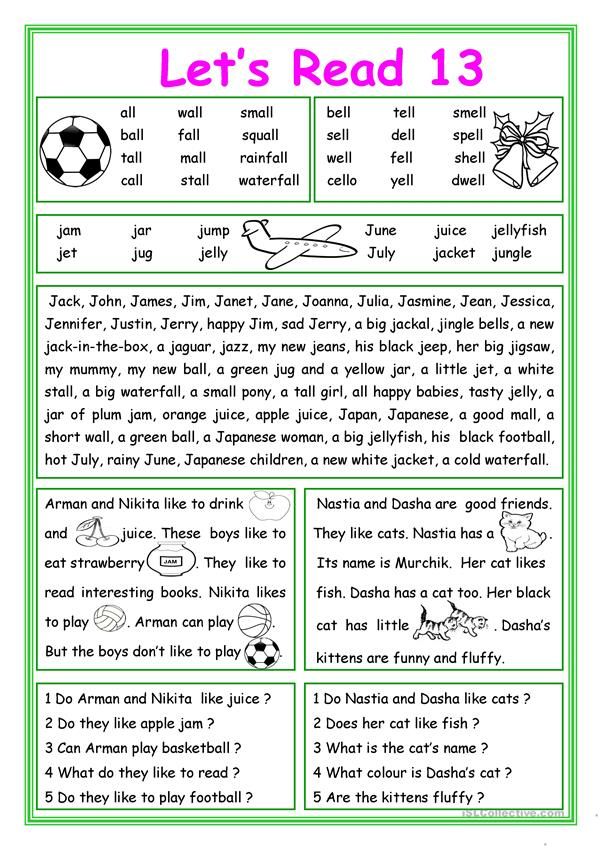 com. Shipping is free on orders over $20. Also, use the code motherhoodonadime00 to save 20%!
com. Shipping is free on orders over $20. Also, use the code motherhoodonadime00 to save 20%!
If you’re just interested in purchasing The Reading Lesson, be sure to check Amazon as the price is pretty great!
Overall my impression of all the books and software I received are definitely favorable. I’m really excited that my 4-year-old seems to be picking up on reading quite quickly!
************************************************
I feel honored to be able to give away a package just like I received to one of you! Filled with eight different titles (all mentioned above), I know you’ll be blessed by these resources!
I’m trying something a little different for my giveaway today. You’ll need to fill out the form below to enter. There is only one mandatory entry (which is just to enter). There are also several other ways to enter, and they receive slightly more “weight” in the giveaway if you choose to complete them. Just follow the instructions on the form below to enter!
Just follow the instructions on the form below to enter!
This giveaway will end on February 7, 2013 at 10 PM CT. The winner will be randomly chosen and have 48 hours to respond. This giveaway is open to US residents over the age of 18.
Disclaimer: I received these books to review. All thoughts and opinions are my own.
(If you are viewing this in your email inbox, go here to the original post to find the entry form!)
Entry-Form
How easy it is to teach a child 4-6 years old to read - the best methods and exercises
How to understand that it's time
To the question "When is it time for a child to be able to read?" there is no ready-made answer, but we want to immediately warn against two misconceptions:
-
“It is not necessary to teach a child to read at home, they will teach you at school anyway.” Yes, they will. But remember: the first year at school is the most intense in all 11 years of study.
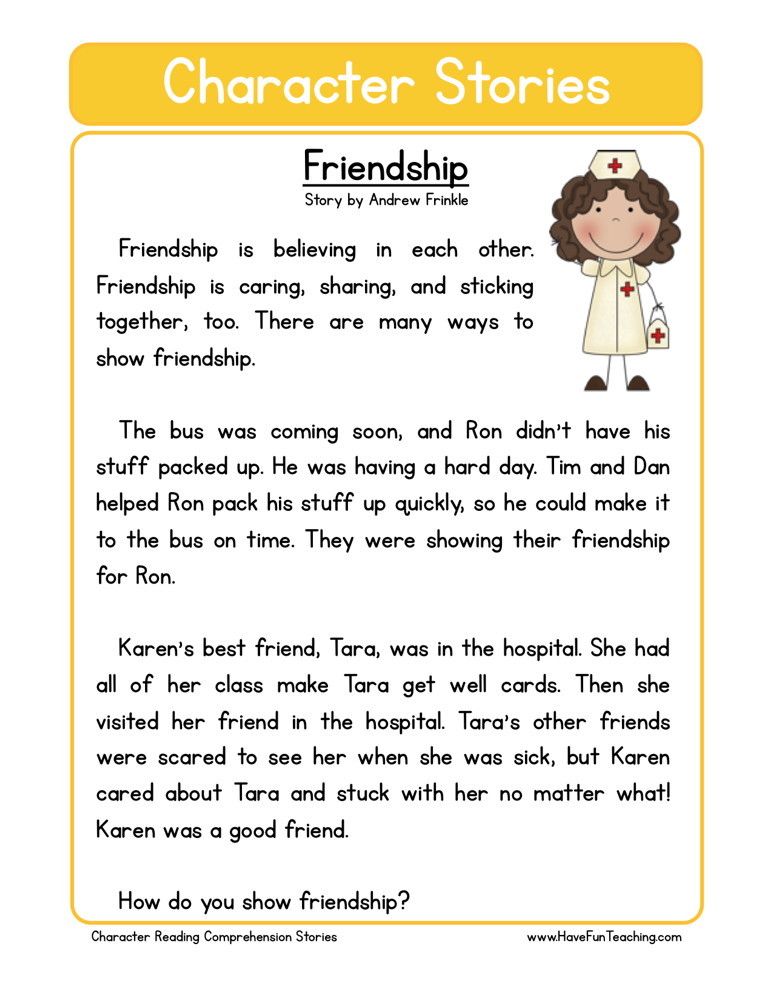 For some 4-5 months in the 1st grade, the child goes through the alphabet "from" and "to", learns to read, write, and the rest of the time he studies the basics of the Russian language. Therefore, it will be great if he has a reading skill before school. This will reduce the burden on the child.
For some 4-5 months in the 1st grade, the child goes through the alphabet "from" and "to", learns to read, write, and the rest of the time he studies the basics of the Russian language. Therefore, it will be great if he has a reading skill before school. This will reduce the burden on the child. -
"There is no time to waste - the sooner the baby begins to read, the better." All children are different and develop at their own pace. Therefore, you should not impose teaching reading to a preschooler as soon as he is 4-5 years old, if the student himself does not yet show interest in this activity. Instead, you can begin to develop an interest in reading through bright and engaging books. A good option would also be games that involve letters.
The indicator to be guided by is not the age of the preschooler, but his speech skills.
It's time to learn to read if.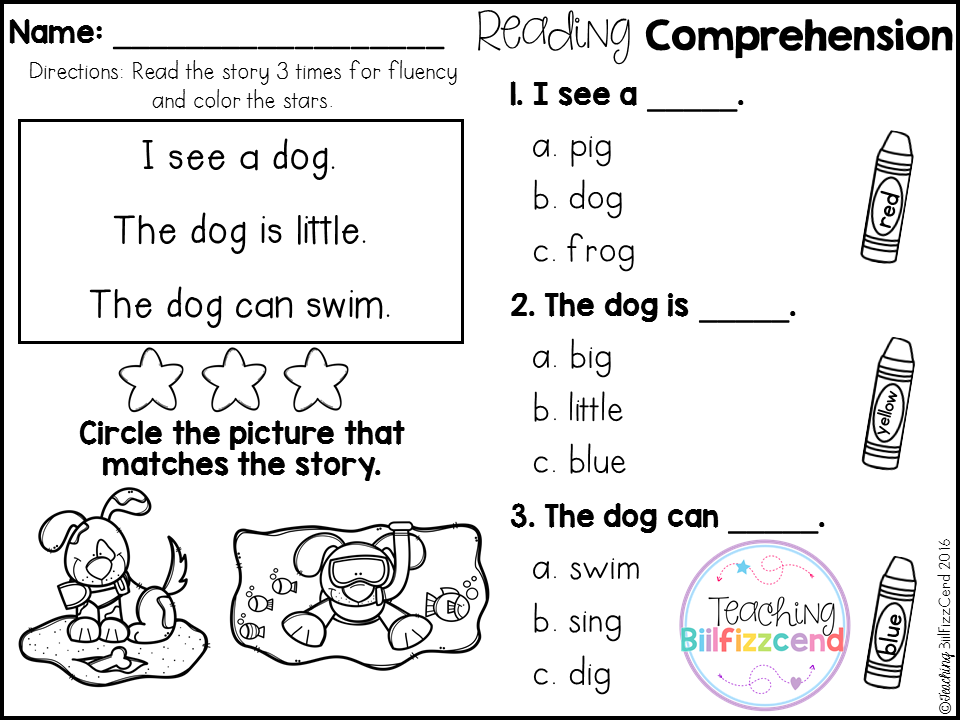 ..
..
If the speech development of a preschooler proceeds without gross violations. Let's figure out what criteria will help you find out if a child is ready to learn to read:
-
Understanding addressed speech. The kid must understand sentences, phrases, individual words that others around him turn to.
-
Vocabulary. The more words a child knows, the better he will understand what he read. It will also help him communicate with adults and other children.
-
Grammar. The ability to correctly build sentences, select and change words is important for children who are learning to read.
-
Pronunciation. For learning to be effective, the child must know how to pronounce words without gross errors.
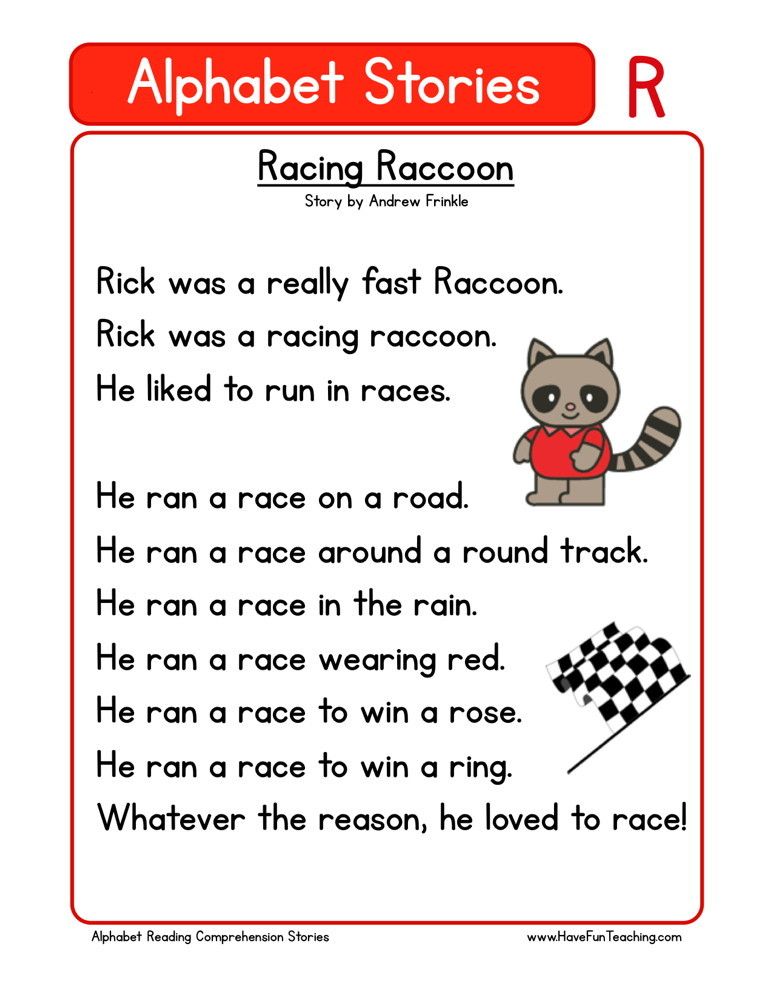
Remember: at preschool age, a child may have minor mistakes in grammar and pronunciation - this is normal. Over time, these violations will be corrected, and they should not be considered an obstacle to reading. But if the baby is not yet very confident in speaking, do not rush him to read - this will not help develop speech, but only demotivate.
Your A in English.
With detailed homework solutions from Skysmart
Making reading easier for preschoolers
-
Praise more and never scold
It's hard for us adults to imagine how difficult it really is for a baby to learn from scratch such a complex skill as reading. After all, being able to read means being able to correlate a sound with a letter or a combination of letters, connect sounds, understand the meanings of the words read and the meaning behind the text.
If parents take the child's progress for granted and express dissatisfaction when the child does not understand something, this will not push the future student to development, but will only complicate the process.
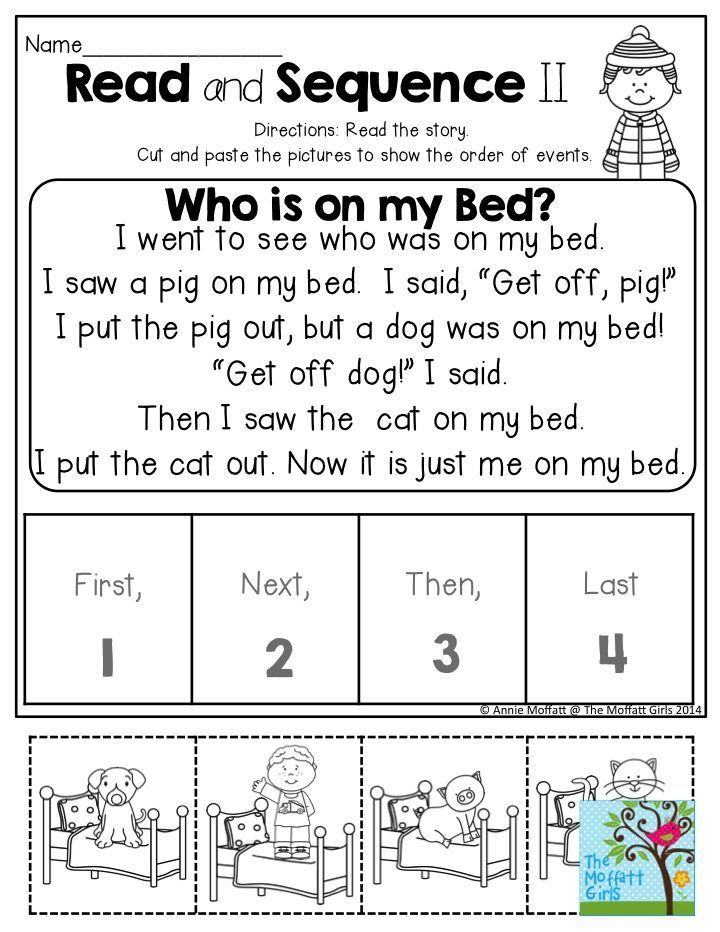 Therefore, it is important to praise for small victories: I learned the letter that was passed last time - great, I coped without my father's help with the word as much as two syllables - clever.
Therefore, it is important to praise for small victories: I learned the letter that was passed last time - great, I coped without my father's help with the word as much as two syllables - clever. Do not take failures as a consequence of the negligence of the little student. When a child does not understand the first time, this is an occasion to look for another explanation or give more time to practice. If you feel tired and irritated, you should stop the activity and return to it in a good mood.
-
Exercise little but regularly
Do not expect perseverance and a desire to spend hours figuring out unfamiliar letters from your baby. It is difficult for preschoolers to keep their attention in a lesson for more than 25 minutes, and even such small classes should be interrupted with physical education minutes and games so that the child does not get bored. This is exactly how Skysmart prepares for school: 25-minute classes with breaks for outdoor games.
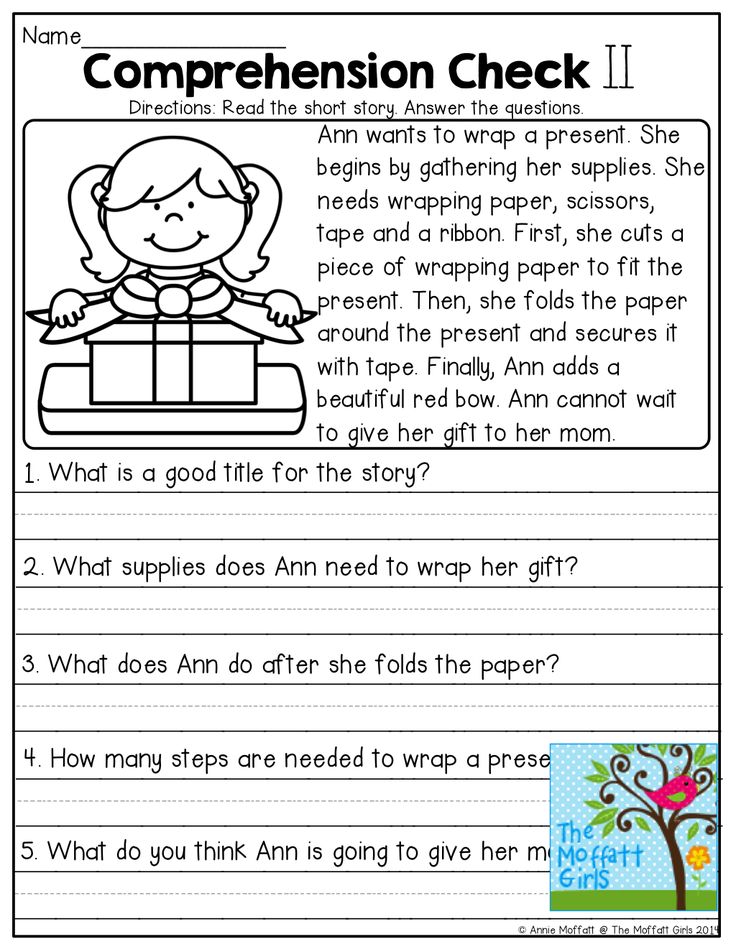
But regular practice is important - much more important than the duration of the session. And it doesn’t have to be just lessons: you can look for familiar letters on signs during a walk, on a door plate in a children’s clinic, on a package of your favorite corn flakes.
-
Read books aloud
In a series of studies conducted by Dr. Victoria Purcell-Gates among five-year-olds who could not yet read, those children to whom their parents regularly read aloud for two years expressed their thoughts in more literary language, built longer phrases and used more complex syntax.
In addition, reading aloud with adults contributed to the expansion of the children's vocabulary, as parents explained the meanings of new words that children did not encounter in everyday life.
Expert Opinion
According to neuroscientist Marianne Wolfe, book evenings with parents help develop a love of reading because the child establishes a connection between reading aloud and feelings of love and warmth.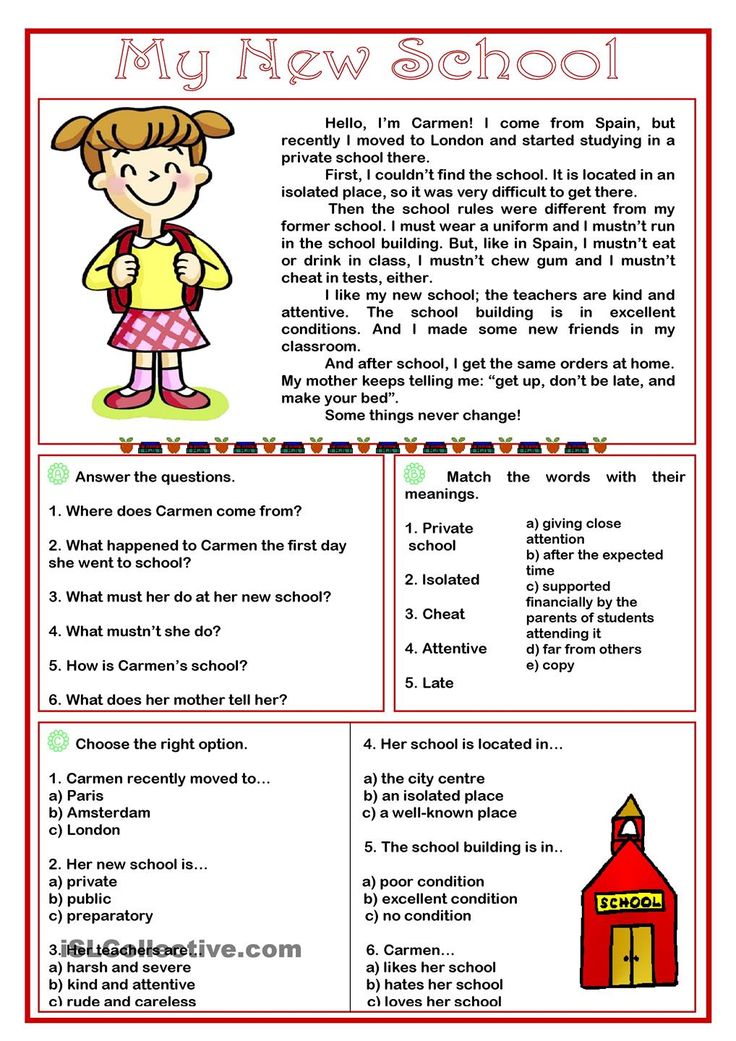
-
Discuss read
The role of communication in teaching literacy cannot be overestimated. At first, it is important to ask if the future student is interested, if he is tired, what was remembered from the lesson. When a preschooler learns to read coherent texts, be sure to ask questions about their content.
It's great if the child reads on his own and without the prompting of the parents, but even in this case, do not deprive him of the opportunity to discuss what he has read with you. For example, you can ask:
-
Which of the characters do you like?
-
Do you think this character is like you? Would you like to be like her?
-
What would you do if you were a hero?
-
Why did the described event happen? How are these two events related?
-
How did what you read make you feel?
-
What do you remember most from what you read?
-
What do you think the author wanted to teach? Why did he write this? Do you agree with the author?
-
-
Go from simple to complex
From the correspondence between sounds and letters to syllables, from short words to longer and more complex words. It would seem that this is obvious, but no: sometimes parents are so happy with the success of the child at first that they push him to study more complex topics than he is ready to accept. Of course, the program should adapt to the future student, but you should not skip steps, even if the child is making progress.
There are methods that offer to teach a child to read by memorizing whole words.
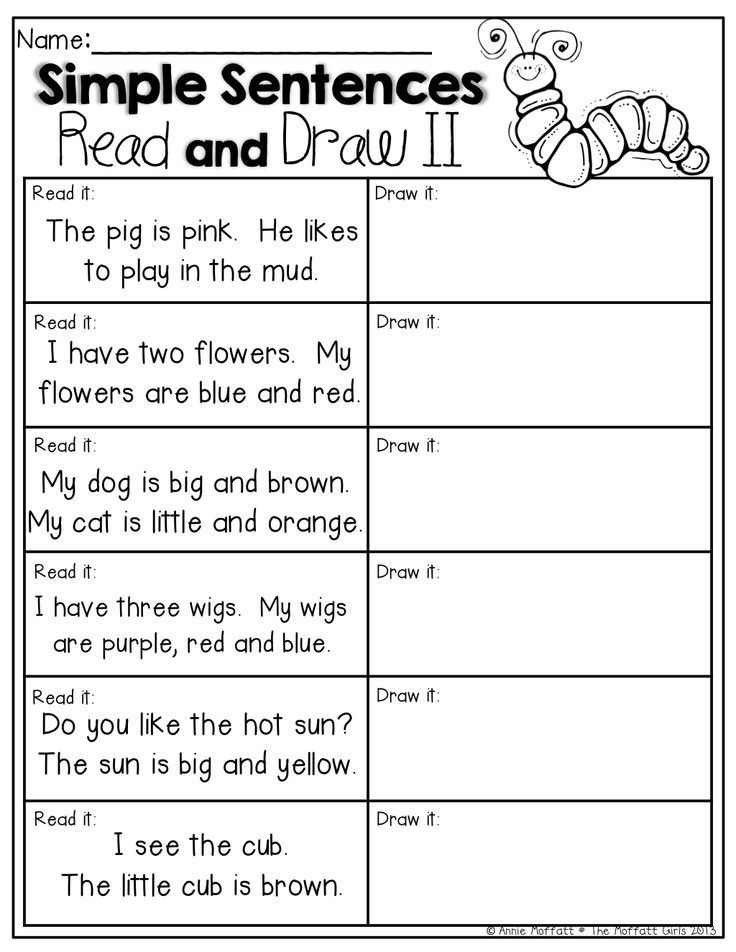 Alas, experiments show that such techniques generally work worse. For example, a group of scientists from the United States came up with an artificial alphabet and offered subjects to learn it, and then read the words written using this alphabet. At the same time, some subjects were immediately explained the principles of correspondence between sounds and letters, while others had to derive reading rules on their own based on whole words. It turned out that the first group copes with reading new, previously unfamiliar words better than the second.
Alas, experiments show that such techniques generally work worse. For example, a group of scientists from the United States came up with an artificial alphabet and offered subjects to learn it, and then read the words written using this alphabet. At the same time, some subjects were immediately explained the principles of correspondence between sounds and letters, while others had to derive reading rules on their own based on whole words. It turned out that the first group copes with reading new, previously unfamiliar words better than the second. Therefore, we advise you to choose those teaching methods that involve clear instructions about the relationship between sound and letter - and this is especially important for those children who have difficulty reading. Below we have compiled a few of these techniques that you can use to teach your preschooler at home.
It is important to select questions individually, based on the age of the child.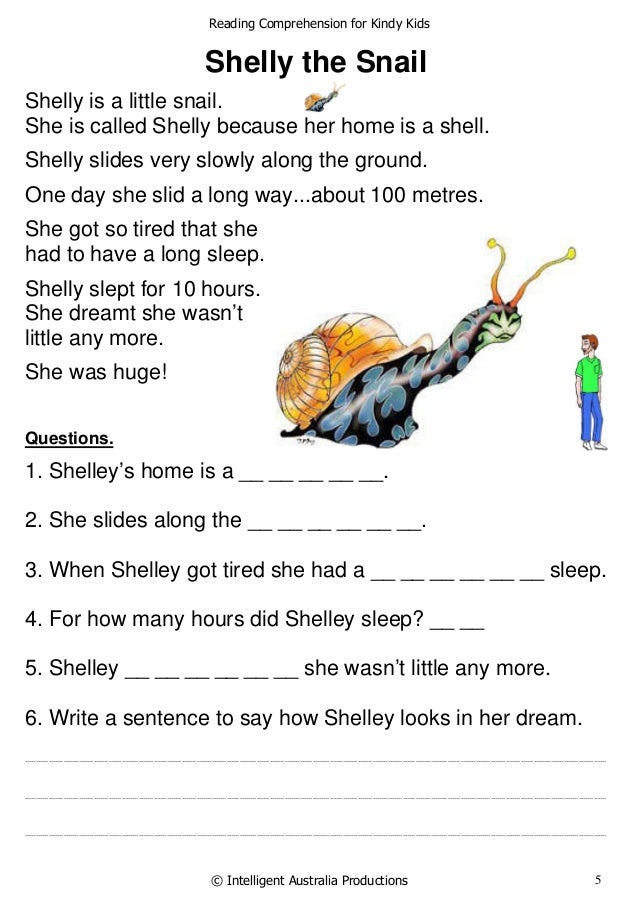 With younger children, discuss everything together, ask simple questions, direct their attention to some facts. The complexity of the questions should increase in proportion to the age of the child. The older he is, the more difficult the tasks should be, and the questions can already affect the "reflection" of their feelings and experiences.
With younger children, discuss everything together, ask simple questions, direct their attention to some facts. The complexity of the questions should increase in proportion to the age of the child. The older he is, the more difficult the tasks should be, and the questions can already affect the "reflection" of their feelings and experiences.
Methods of teaching preschoolers to read
Warehouse reading
The way to teach a child to read through warehouses was actually used in Rus', but for modern parents this technique is associated with the name of the philologist Nikolai Alexandrovich Zaitsev.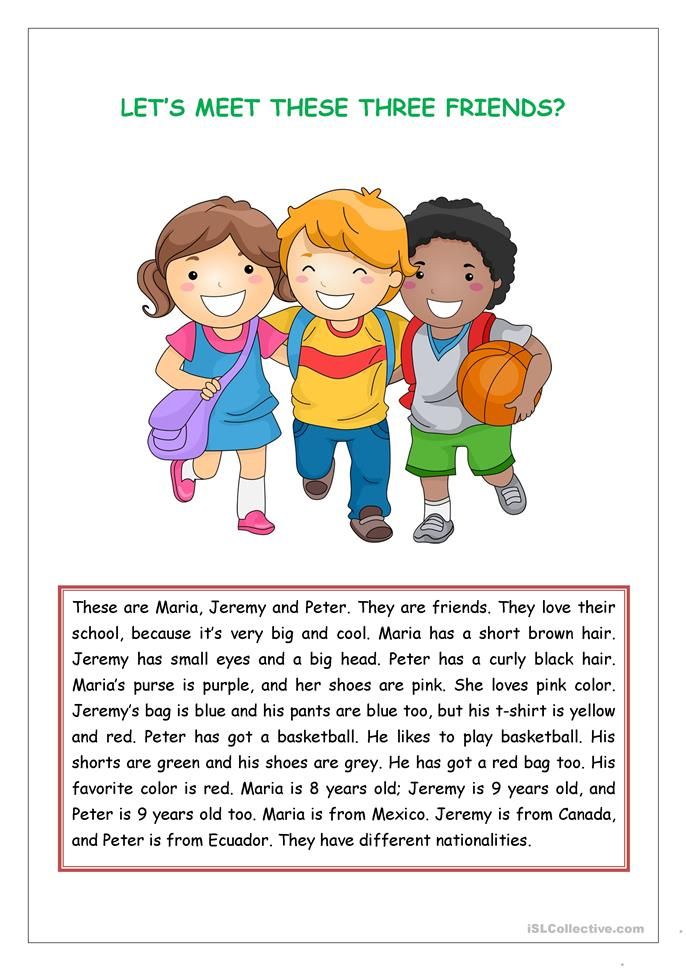
Zaitsev suggests not focusing on the study of individual letters, as it can be difficult for students to understand how letters can merge into syllables and words. Teaching a child to read by syllables is also not always easy: one syllable can be quite long ( shine, ruble ), and the boundaries of syllables are not obvious ( Lun-tik or Lu-ntik ?). Therefore, in Zaitsev's methodology, a warehouse is used as the main unit.
Warehouse can be a combination of a consonant and a vowel (pa-pa, ma-ma), a single consonant or vowel (de- d , i-s -li, A -le-sha), as well as a combination of a consonant with a hard or soft sign (ma- l -chi-k, po- d -yem).
In order for a preschooler to understand the differences between the recording of voiced and soft, vowel and consonant sounds, different types of warehouses have their own cube size, color and content, thanks to which the cubes sound when they are shaken.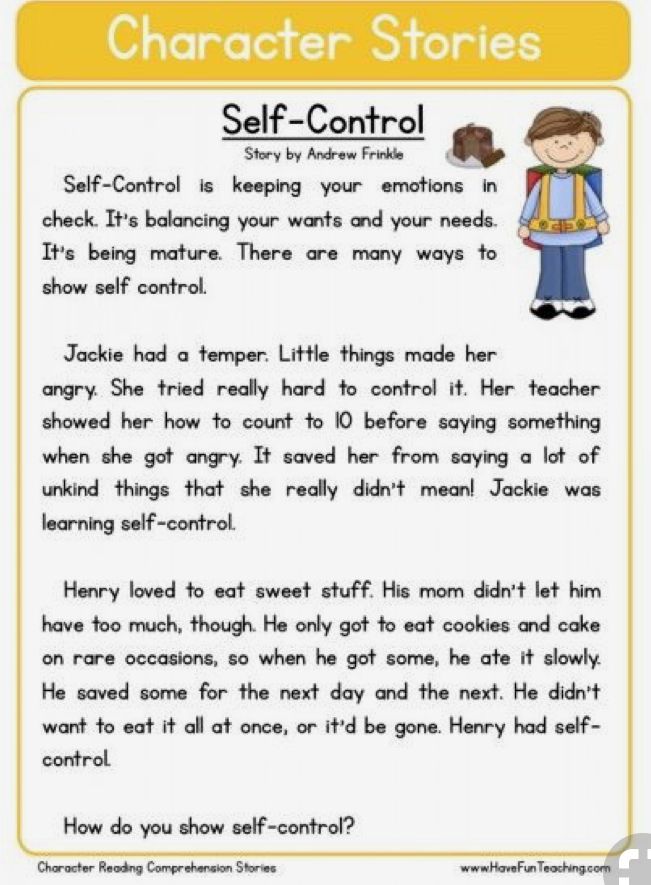 Cubes affect several channels of perception at once, and warehouses should not just be pronounced, but sung - this way, according to the author of the methodology, learning is more interesting and effective.
Cubes affect several channels of perception at once, and warehouses should not just be pronounced, but sung - this way, according to the author of the methodology, learning is more interesting and effective.
One of the advantages of the technique is that children willingly play with blocks themselves, and the process of learning to read becomes active and mobile.
Syllabic reading
This technique, according to some sources, was developed by the Romans. Later, Nadezhda Sergeevna Zhukova, a Soviet and Russian speech therapist, created a primer based on it. In it, she built her own system in which sounds and letters are sequentially introduced into speech.
Due to the fact that the concept of a syllable is introduced at an early stage, it is faster and easier to teach a child to read syllables together. By the way, as in Zaitsev's technique, it is proposed to sing syllables, and not just pronounce them.
Based on the syllabic method, Zhukova developed a set of teaching aids - copybooks, copybooks and a book for reading. Benefits will help teach children to read correctly 6 and 7 years old at home.
Both techniques for teaching preschoolers to read are used in the Skysmart Ready for School course. The course consists of two stages: first, children get acquainted with letters and warehouses, which allows them to quickly start reading simple words, and then they learn what a syllable is. Gradually, we introduce more complex syllabic constructions, move on to reading phrases and sentences.
Sound analytical-synthetic teaching method
This method originated in the USSR and is still considered the main one in Russian schools and kindergartens. It was developed by the Soviet teacher and Russian language methodologist Voskresenskaya Alexandra Ilyinichna.
Same as N.S. Zhukova, Voskresenskaya proposed her own order in which children should learn letters and sounds.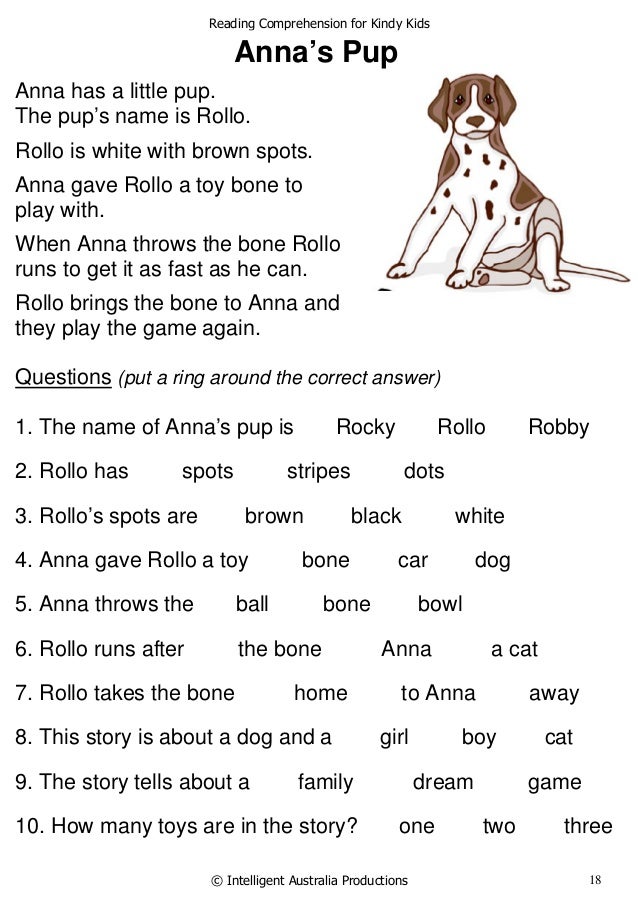 The principle of this sequence was that the child first learned the letters that can be combined into simple syllables, and then moved forward in the level of complexity. As a result, children learn syllables in this order:
The principle of this sequence was that the child first learned the letters that can be combined into simple syllables, and then moved forward in the level of complexity. As a result, children learn syllables in this order:
-
Two-letter syllables (including one consonant): am, ma, ra, etc. and simple words from them: ra-ma, ma-sha, Pa-sha, etc.
-
Three-letter syllables with a central vowel: poppy, lat, etc.
-
Combination of the first two stages into words: sa-lat, earth-la, etc.
-
Words of three syllables and six letters: az-bu-ka, ve-se-lo, etc.
-
Words of two syllables and six letters: question-ros, tea-nick, etc.
-
Words with a combination of vowels at the beginning and at the end of the word: chair, March, etc.
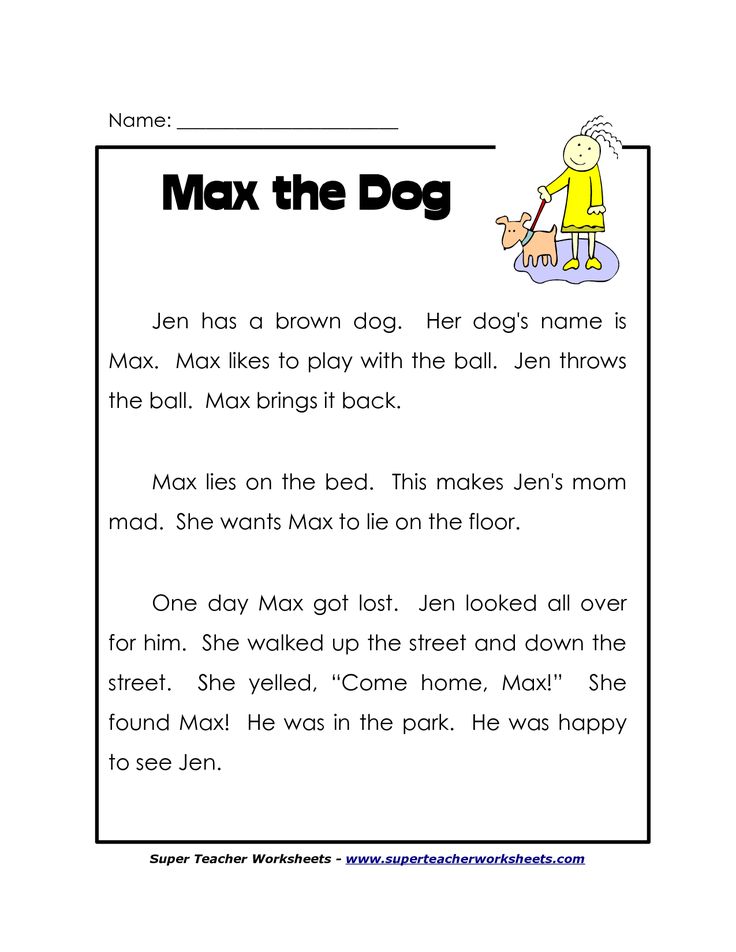
In this way, children simultaneously prepare for more complex syllables at each stage and reinforce what they have learned earlier.
Exercises for learning to read
Learning to read, as a rule, takes place in several stages. First, the child listens to the sound, visually remembers the letters. Different games will help with this, where you need to look for letters, invent words, etc. When this stage is over, you can move on to syllables and games to work them out. And only after that it will be possible to proceed to words, and then to sentences and texts.
Letter memory exercises
The first step is to teach your child to recognize letters. To do this, you can use pictures with hidden letters. We use such exercises in the preparation for school lessons in Skysmart.
Ask your child to identify what letter a word begins with, or name as many words as possible that begin with a certain letter.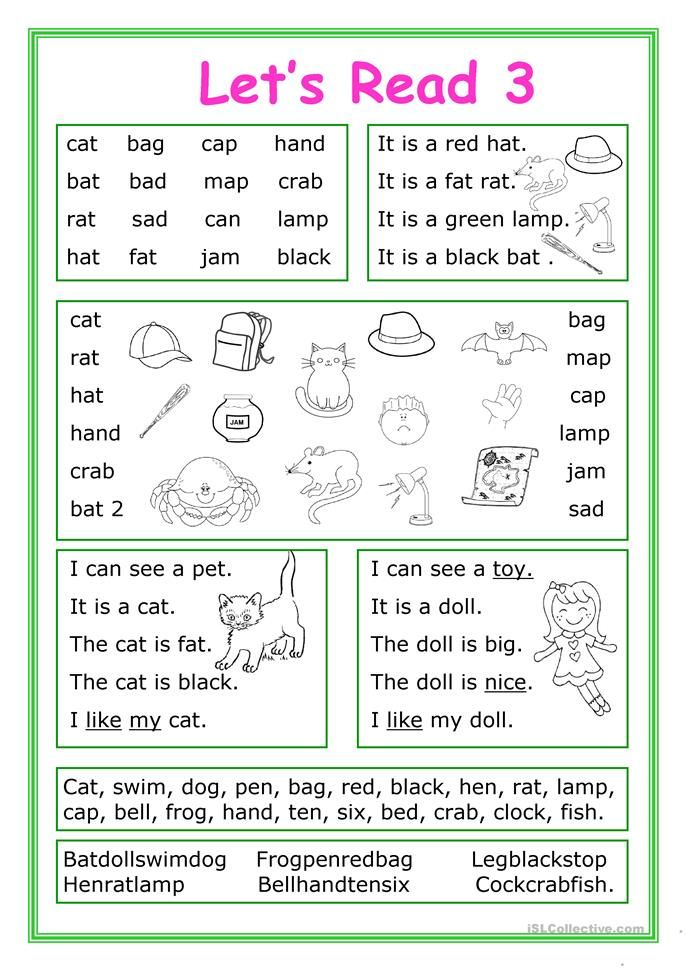
Next, we train to distinguish correctly written letters from incorrect ones. This is also important for learning to write: preschoolers often mirror letters or distort individual elements.
Exercises for vowels and consonants
To learn how to distinguish between vowels and consonants, tasks will help you determine the sound with which a word begins.
It will also help to remember the difference between vowels and consonants and search for an extra letter.
Word building exercises
When the child can read short words, ask him to form a word from the letters on his own.
Composing words from syllables is convenient if you have cubes at hand, but you can also try on paper.
Another good exercise is to fill in the missing letter in a word.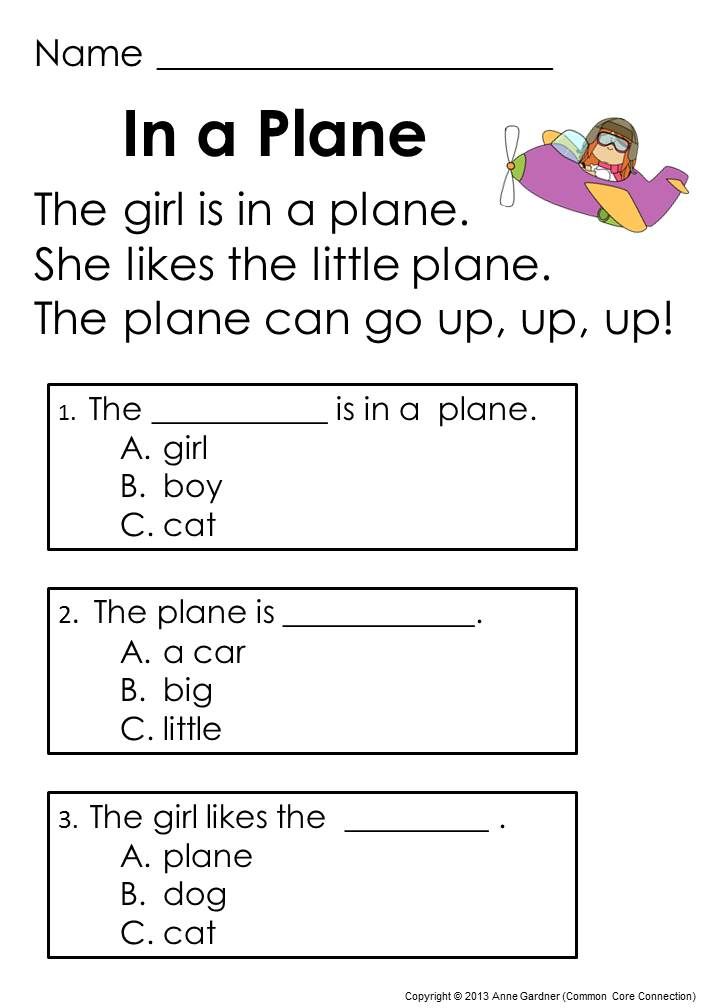 Children perform such tasks in the lessons in the Skysmart online school.
Children perform such tasks in the lessons in the Skysmart online school.
For more colorful and fun reading activities, check out the Skysmart Ready for School course. Attentive teachers will help the child learn to read, count and express themselves through creativity. Classes are held online at a convenient time for the child and parents. Try it for free with an introductory lesson!
30 reading lessons. Golden copybooks
Electronic library
Raising children, today's parents bring up the future history of our country, and hence the history of the world.
- A.S. Makarenko
| Author: I.A. Andreeva | |
| Name: 30 reading lessons | |
| Format: PDF (zip archive) | |
| Size: 23 MB | |
Volume: 34 p.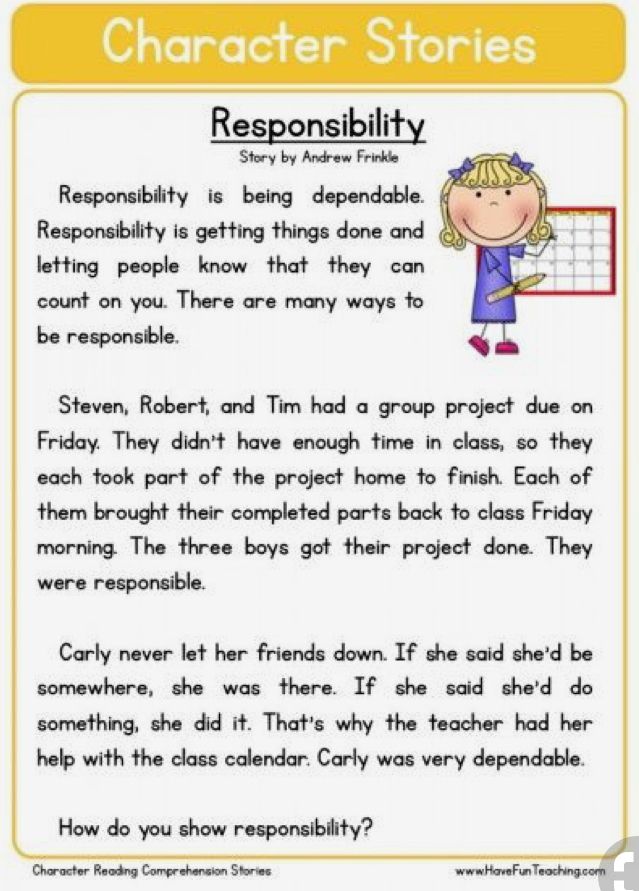 | |
| Abstract: | |
| This playbook is designed to teach reading to older preschool children. At the age of five, children speak well, willingly experiment with words, memorize them easily, begin to distinguish letters and syllables in them. The exercises in the book are based on the most commonly used syllables, which are combined into simple words, complemented by funny illustrations. Teach your child to read by coloring, guessing, playing, but do not make reading a duty. Good luck to you! | |
- Views: 60579

